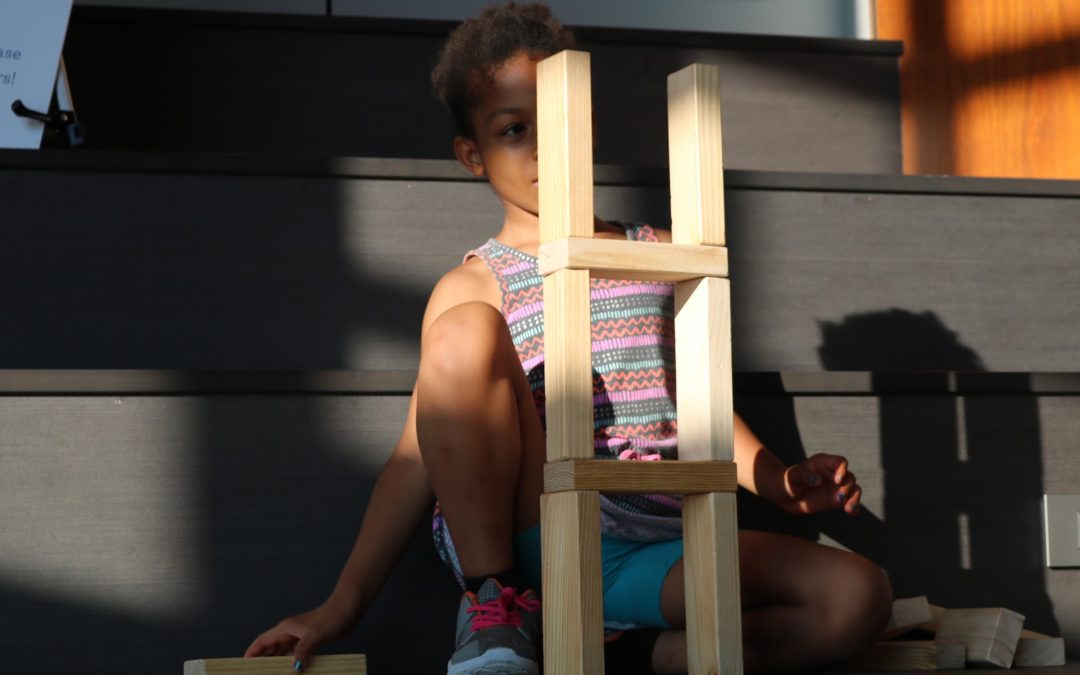I struggle to relate to wealthy people.
I blame my bias to growing up in a working class family where my parents had to choose between putting food on the table and paying rent. I am from a small town and daily life is comfortable and predictable. I know everyone in my hometown by name, from the visibly homeless to my next door neighbor.
When I first came to D.C., I was so excited by the diverse people, the fast-paced lifestyle, the connections and opportunities. I felt welcomed at my host organization Martha’s Table (MT) and fell in love with their mission to advance food justice, early childhood education and community engagement. One of the things that impacted me most was MT’s dedication to making fresh food and clothing accessible in southeast D.C.
In southeast there are only three grocery stores with fresh fruits and veggies for a population of about 180,000. Northwest, on the other hand, which has half as many people, has nine grocery stores. That’s triple the amount of grocery stores than southeast.
I was shocked and started wondering, “how does Martha’s Table bridge the wealth gap between southeast and northwest?”
To answer this question, I started collecting stories about the impact of Martha’s Table programs in the community. As a budding anthropologist, this opportunity was perfect for me. One day, I visited our Joyful Food Market (JFM) and a pair of siblings shared their story. They told me how they learned about the market through their school. One young man slurped on his juice box, recounting how they took the bus with their grandmother to our no-cost market because her food pantry was empty.
I was moved by their story. That night I lay in bed, wondering “what inspires a connection between two vastly different worlds?”
Stories and empathy.
A couple of weeks later I met a donor at Martha’s Table. Much to my surprise, I did not avoid the interaction, but embraced it. I took this as an opportunity to build a bridge and asked, “can I tell you a story?”
She agreed, and I began to paint a picture of the young siblings, describing how they had traveled with their grandmother on the bus for over an hour to shop at our market; how these young men felt proud to help fill her pantry at no cost with fresh food for the month. These young men felt valued at our market, they felt proud.
She asked, “so, how can I help?” I grinned ear to ear, “I am so glad you asked. With your financial support, Martha’s Table can expand outreach in southeast and increase the communities access to fresh food and veggies.” She nodded, determined.
Rumor has it that she wrote a check that week.
Regardless, I enjoyed talking to her. Maybe this fast-paced city lifestyle is the perfect place for a country bumpkin like myself to cross new bridges and reach new heights.
Learning how to overcome my bias was the most important lesson I learned this summer. Thanks to the Fellowship I learned how to develop authentic connections with the diverse audiences at Martha’s Table.
I learned how to bridge the wealth gap and communicate a story across vastly different worlds with empathy–as me, Key, walking these streets of D.C. and counting my A,B,C’s and 1,2,3’s.

